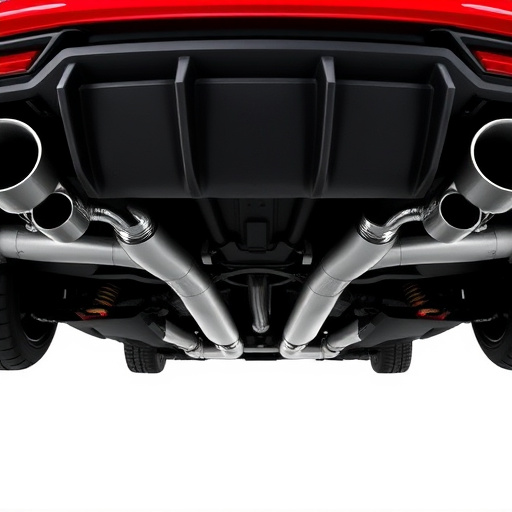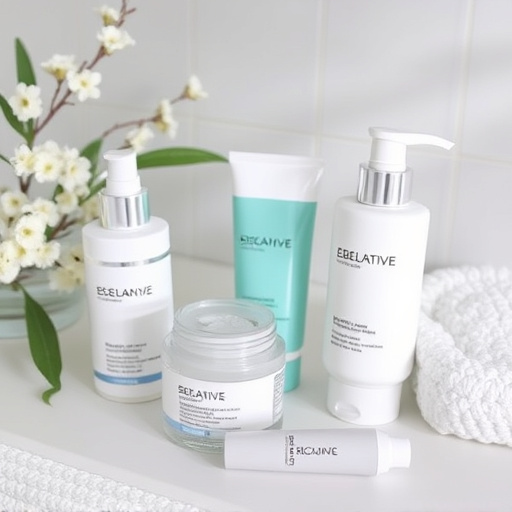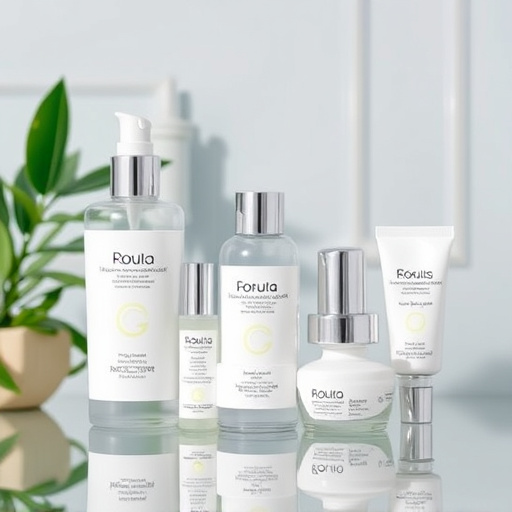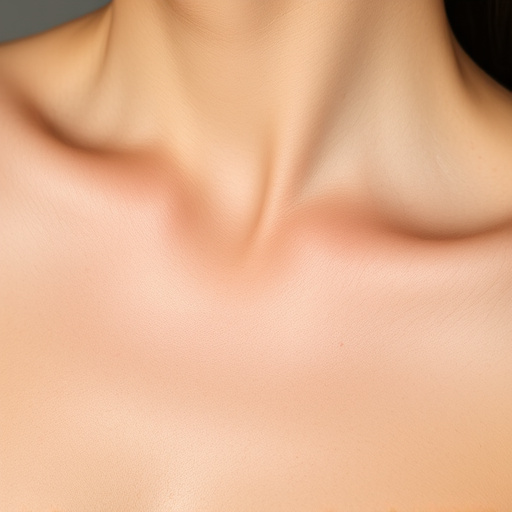A glycolic acid peel is a customizable skincare treatment that uses an alpha hydroxy acid (AHA) solution to exfoliate dead skin cells, improving texture and addressing various skin concerns. For oily skin, it reduces excess oil and unclogs pores; for dry or combination types, it hydrates and balances skin. The procedure is safe but may cause temporary irritation. Regular treatments over time can enhance overall skin texture, minimize fine lines, and even out skin tone, though individuals with sensitive skin, infections, or autoimmune disorders should consult a dermatologist first.
“Unveil your skin’s radiant potential with a Glycolic Acid Peel—a powerful yet gentle exfoliating treatment. This article explores the benefits of this popular procedure for various skin types, including oily, dry, and combination skin. We’ll delve into how glycolic acid works its magic, from reducing acne scars to improving texture. Learn about the simple application process, essential precautions, and remarkable results you can expect. Prepare to embrace smoother, brighter skin!”
- What is Glycolic Acid Peel?
- Benefits for Oily, Dry, and Combination Skin Types
- Application, Precautions, and Results
What is Glycolic Acid Peel?

A glycolic acid peel is a non-surgical treatment that involves applying a solution of glycolic acid to the skin. This powerful alpha hydroxy acid (AHA) works by gently exfoliating dead skin cells, revealing smoother and brighter skin beneath. It’s a popular choice for those with oily, dry, or combination skin types, as it offers multiple benefits tailored to each specific concern. For instance, for oily skin, it helps to unclog pores and reduce shine; for dry skin, it hydrates and restores moisture; while for combination skin, it balances oil production and improves overall texture.
This peel is part of a category known as customized facials, where professionals can tailor the treatment intensity and ingredients to suit individual needs. The process typically involves spreading the acid solution onto the face, allowing it to penetrate the skin before rinsing it off. While it may sound intense, glycolic acid peels are generally well-tolerated when performed by trained professionals, offering a safe and effective way to achieve noticeable results in terms of pore refinement and skin rejuvenation.
Benefits for Oily, Dry, and Combination Skin Types

Glycolic acid peel offers a multitude of benefits for various skin types, making it a popular choice in the realm of personalized skincare. For those with oily skin, this peel helps to exfoliate excess oil and unclog pores, reducing shine and promoting a clearer complexion. By eliminating dead skin cells, it allows the skin’s natural oils to balance themselves more effectively.
Dry and combination skin types also benefit immensely from glycolic acid peels. These treatments hydrate the skin, improving its texture and elasticity. For combination skin, which often struggles with both oily and dry areas, a customized skincare approach like non-surgical treatments or personalized facials can address specific concerns. Glycolic acid gently removes dead skin cells and excess oil from the T-zone while providing deep hydration to the drier parts of the face, resulting in a more balanced and refreshed complexion.
Application, Precautions, and Results
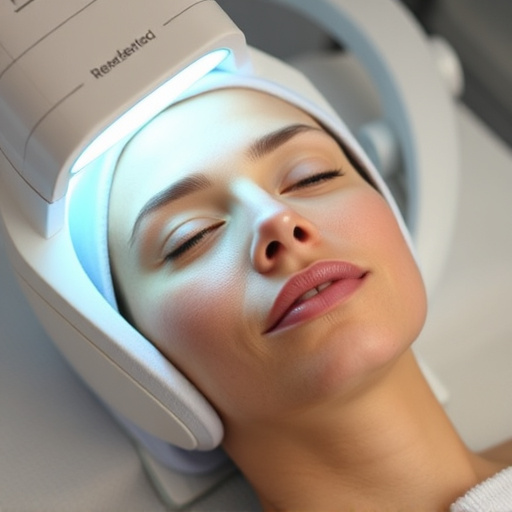
Application:
Glycolic acid peel is a relatively simple procedure. A dermatologist or skincare specialist will apply the solution to your face, focusing on problem areas. The peel can be customized based on your skin type and concerns, with varying concentrations of glycolic acid. After application, the area may feel warm or slightly irritated, but this subsides quickly. It’s crucial to follow post-peel instructions diligently, including using gentle skincare products and protecting your skin from the sun.
Precautions:
While glycolic acid peel is generally safe and effective, there are precautions to consider. People with sensitive skin or those taking certain medications should consult a dermatologist before undergoing this treatment. It’s essential to be aware of potential side effects like redness, swelling, or peeling. Additionally, individuals with active skin infections or autoimmune disorders may not be suitable candidates for chemical peels, including glycolic acid peel. These precautions ensure the safety and best results during and after the procedure.
Results:
The benefits of a glycolic acid peel are remarkable. For oily skin, it helps to refine pores and reduce excess sebum production, leading to a more balanced complexion. Dry or combination skin types benefit from increased cell turnover, resulting in smoother, softer skin with improved hydration levels. Over time, regular treatments can enhance overall skin texture, minimize the appearance of fine lines and wrinkles, and reveal a brighter, more even skin tone. Many clients report significant improvements in their skin’s aesthetic appeal and texture after just a few sessions of glycolic acid peel, making it a popular choice among those seeking effective pore refinement and cosmetic treatments.
A glycolic acid peel offers a powerful yet gentle solution for various skin types, including oily, dry, and combination skin. By exfoliating dead skin cells and unclogging pores, it reveals smoother, brighter, and more even-toned skin. When performed correctly, this peel can significantly improve skin texture, reduce the appearance of fine lines and wrinkles, and enhance overall complexion. Remember that, while it’s an effective treatment, individual results may vary, and consulting a dermatologist is advisable for personalized guidance.






